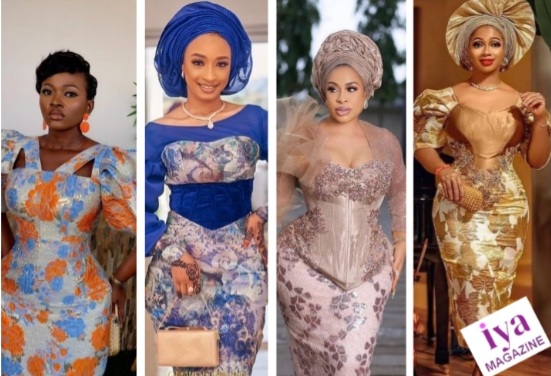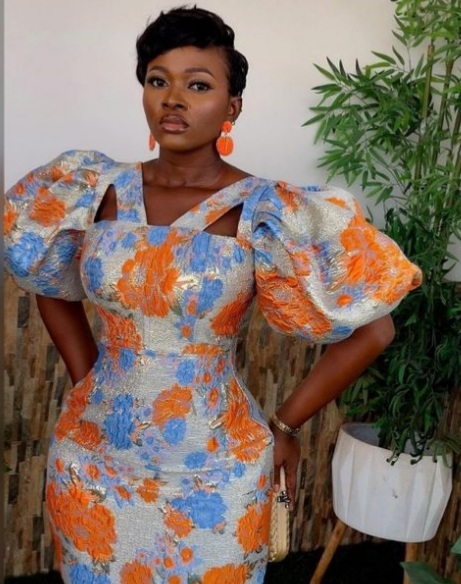Stunning aso ebi brocade styles have succeeded in turning heads with their flashy colors and graceful designs, leaving a lasting fascination on anyone who sets eyes on them, even if they are not quite as popular as Ankara styles.
The aristocracy of ancient Persia, Japan, India and Korea favored brocade fabric. The Byzantines created this exquisite textile, which was much sought after.
What is brocade fabric?
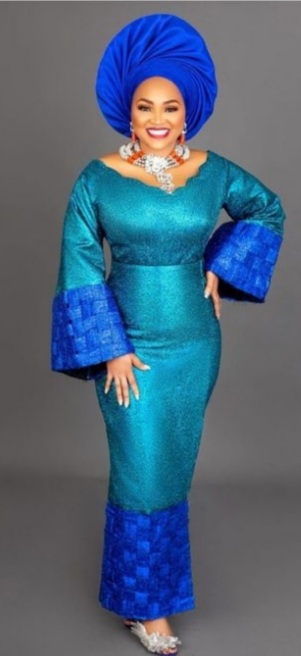

Brocade is different from other textile arts because its patterns are woven into the fabric rather than being stitched on top. Although brocade’s original purpose was to adorn garments, its use has since evolved.
Silk has always been the material preferred for brocade due to its luxurious appearance and the air of refinement it gives.
Brocade was traditionally made from silk, although nowadays it can be made from wool, cotton, or even synthetic fibers. Despite being made from more affordable fabrics, brocade nonetheless manages to add a touch of class to both professional and casual wear.
Many varieties of brocade exist, each with special qualities.
Synthetic brocade

Synthetic brocade may be produced at a lower price than natural fibers like silk or cotton and has the added benefit of being more manageable in terms of production.
Synthetic brocade is also a beautiful fabric, but it may not be as soft or comfortable as genuine fiber fabrics.
Cotton brocade
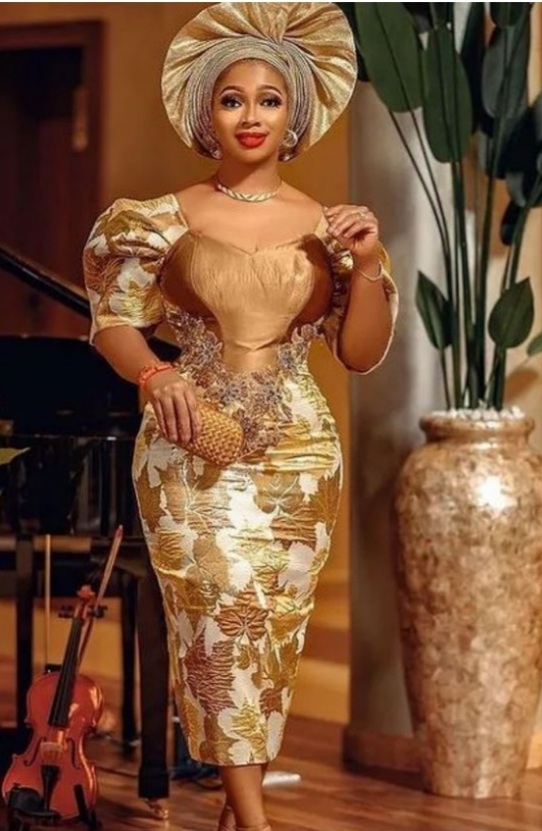
Cotton brocade stands out as a great option for women on a tight budget who still want something unique. Cotton brocade is a more budget-friendly alternative to silk brocade, and it is nonetheless capable of producing beautiful designs.
Continuous brocade

In continuous brocade, the extra thread from the extra weft used to make the designs is either cut off or left alone.
Discontinuous brocade
With discontinuous brocade, the extra weft is woven just in the patterned parts, giving the fabric a high degree of detail.
Silk brocade
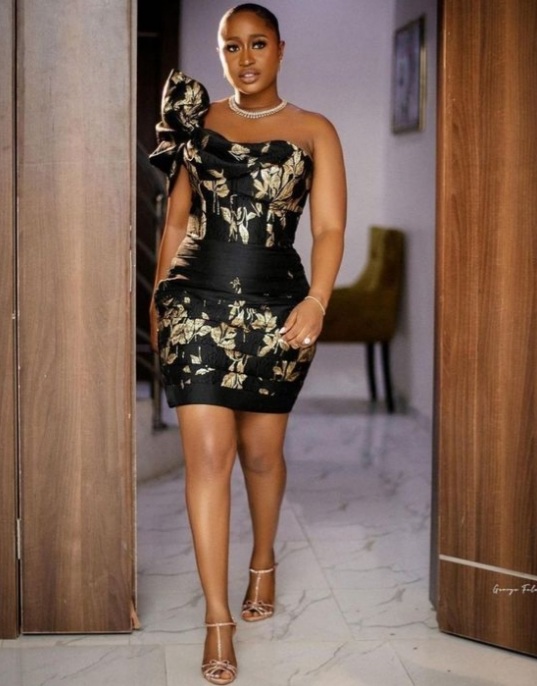
The most common and traditional type of brocade is made from silk. Because of its luxurious feel, long lifespan, and smooth texture, it has stood the test of time.
Himru brocade

In India, himru is a well-liked material for brocade. It is made from a silk and cotton blend, so it has the lustrous shine of silk yet the durability and comfort of cotton. Himru fabric is great for a wide range of outfits due to its breathability and moderate flexibility.
Historically, zari, or threads produced from precious metals like silver, gold, or copper, were used to embellish brocade. Modern brocade, however, frequently swaps out these precious metals for synthetic materials like metallic threads. Zari is a popular adornment used in the making of traditional sarees in India.
Jacquard
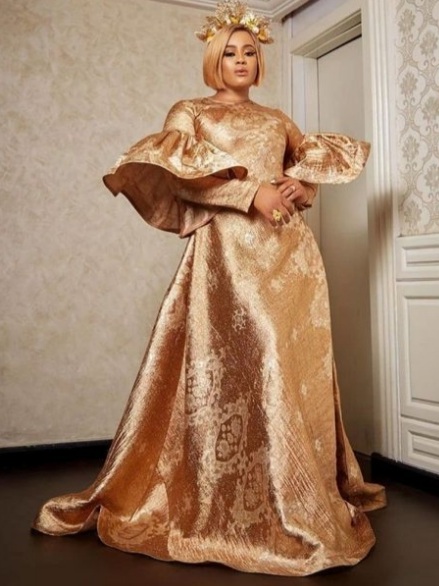
Because of their similarities, brocade and jacquard are frequently confused. The term “Jacquard” can be applied to either a loom that is used to weave complicated patterns or the resulting fabric. Although a jacquard loom can be used to weave brocade, both fabrics are not interchangeable.
Take home


While the aso ebi brocade types may not be as well-known as the ankara varieties, they never fail to impress people with their rich colors and intricate patterns.
Brocade fabric, whether it be made of silk, cotton, or synthetic fibers, emanates a classic charm that surpasses material choices, making an indelible impression on fashion lovers and enthusiasts alike.

